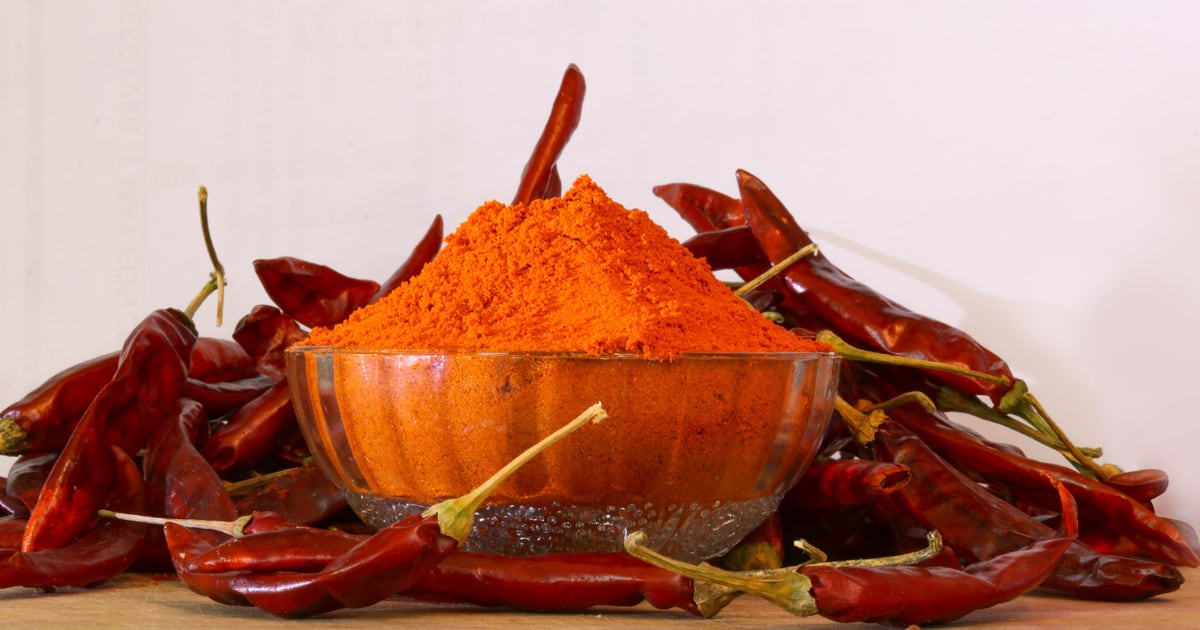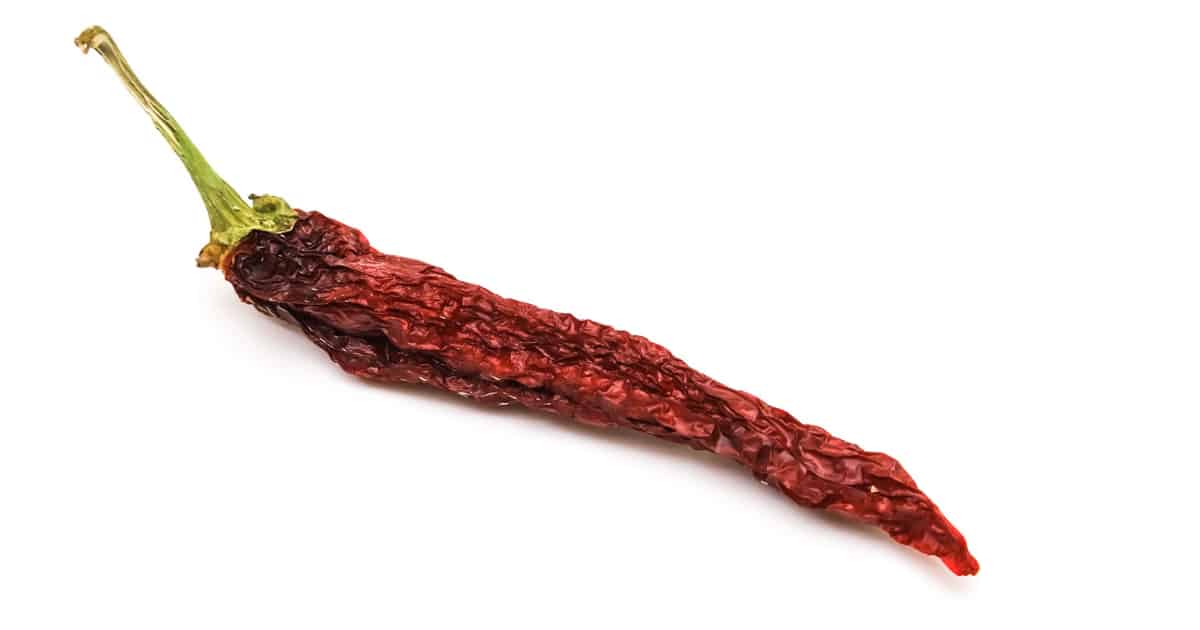Kashmiri chili powder is a key ingredient in Indian cuisine. It comes from a particular variety of chili pepper grown in the Kashmir region, known for its deep red color and mild yet complex flavor.

Making your own Kashmiri chili powder at home ensures you get the freshness and aroma impossible to achieve with store-bought powder.
Kashmiri Chili Powder Recipe
The first step is to gather the right chili peppers. Look for the small, round Kashmiri chilies for an authentic Kashmiri chili powder. These provide the signature color and flavor. You'll also want some regular red chilies for heat. A ratio of one part Kashmiri chilies to three parts hot red chilies works well.

Always check the chilies over and remove any stems or seeds, as these can taste bitter. Kashmiri chilies, in particular, have very few seeds.
Next, the chilies need to be completely dried before grinding. This intensifies their flavor and ensures the powder lasts longer. You can dry them in the oven at a low temperature overnight, around 170F. Spread the chilies in a single layer on a baking sheet. Check them in the morning - they are ready when crisp and brittle.
Sun drying works well, too, if you live in a hot, dry climate. Simply lay the chilies out on racks or mesh screens in direct sunlight for a few days, bringing them in at night. Stir the chilies occasionally and check them for crispness. Again, they are done when fully dried and crispy.
Once dried, put the chilies directly into a spice grinder or blender. Pulse them into a fine powder. Be sure to let the powder cool completely before storing. The warm powder can clump up.
For the best chili powder, grind it immediately before use. But it can keep for up to 6 months stored in an airtight container in a cool, dry place. For longer storage over six months, consider keeping half in the refrigerator and half at room temperature to avoid spoilage.
Kashmiri chili powder shines in Indian dishes like curries, dals, and tandoori chicken. It provides a mild yet complex heat and its signature deep red color. Start with about 1-2 teaspoons per dish, adjusting to taste.
Because of the mild spiciness of Kashmiri chilies, you may want to combine the powder with cayenne or other hotter powders. This allows you to control the exact level of heat.
Mixing garlic powder, onion powder, or other spices like cumin can add extra flavor. Customize it to suit your tastes.
Tips for the Best Homemade Kashmiri Chili Powder
Follow these tips for making top-notch Kashmiri chili powder at home:
- Look for fresh, bright red Kashmiri and red chilies without any signs of mold or mushiness. Avoid chilies that look dull or shriveled.
- Sort through the chilies and discard any stems, seeds, or discolored spots. The stems and seeds can contribute bitter, unpleasant flavors.
- Dry the chilies thoroughly before grinding. Drying concentrates the flavors and ensures a long-lasting powder.
- Use a combination of chili varieties like Kashmiri and cayenne to achieve the right color, flavor, and heat level.
- Grind the chilies into a fine, velvety powder. A coarse grind won't mix as evenly for cooking.
- Store in an airtight container in a cool, dry spot to maximize freshness and shelf life.
- Make small batches to enjoy the freshest, most aromatic chili powder.
FAQ
How do you select the best Kashmiri chilies?
Look for chilies that are vivid red in color, small, round, and firm. Avoid any wrinkles, spots, or signs of mold. Select chilies with intact stems and minimal seeds for the best flavor. Both fully ripe red chilies, as well as green unripe ones, can be used.
Can you use Kashmiri chili powder to make chili oil?
Yes, Kashmiri chili powder can be used to make flavorful chili oil. Stir 1-2 tablespoons of the powder into 1 cup of neutral oil like grapeseed or peanut oil. Let it infuse for at least 30 minutes, then strain out the powder. The oil will take on a rich red hue and mild heat.
What’s the difference between Kashmiri and Aleppo chili powder?
While both provide rich color, Kashmiri chili powder is significantly milder than Aleppo pepper. Aleppo has a capsicum-like flavor with moderate heat, while Kashmiri chilies are more sweet and fruited. Kashmiri powder creates a red-orange hue compared to Aleppo’s deep burgundy color.
Can you substitute paprika for Kashmiri chili powder?
Paprika is not an ideal substitute as it lacks Kashmiri powder's complexity and mild heat. Paprika will provide the red color but very little spice. For best results, try substituting a ratio of 2 parts paprika and 1 part cayenne pepper.
What dishes pair well with Kashmiri chili powder?
Its mild heat and red hue are perfect for tandoori chicken, tikka masala, curries, chickpeas, lentils, roasted cauliflower, eggs, grilled meats, and stews. It also works as a flavorful rub on salmon, shrimp, chicken wings, or lamb.
Conclusion
Kashmiri chili powder brings both delightful color and flavor to dishes. Unlike any other chili powder, its origins in northern India provide a mild yet complex heat and smokiness. The dried Kashmiri chilies contain high concentrations of pigment, resulting in a rich, deep red color. Blending them with hotter chilies allows you to customize the perfect blend of color and spiciness for your needs. Making your own Kashmiri chili powder at home gives you total control over the freshness and flavor profile.

